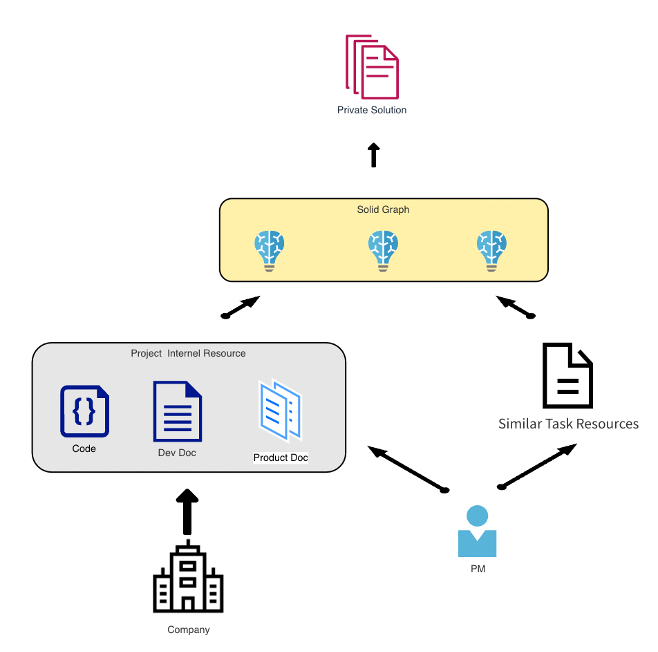7 tips to Mitigate Hallucinations and Biases in Large Language Models
Enhance the reliability and accuracy of your LLMs
Good morning fellow AI enthusiast! This is the second iteration of my new video series for our free course "Training & Fine-Tuning LLMs for Production"!
Here, we dive into my favorite LLM-related topic, Hallucinations, with lots of practical tips to mitigate them!
In the same sense, since it is totally related to this week's video topic, here's a very useful product built on top of LLMs to help you accomplish lots of business tasks: SolidGPT!
1️⃣ SolidGPT: Boost Development Operating Procedure for User-Specific Projects (sponsor)
SolidGPT is a cutting-edge tool tailored to provide in-depth solutions for user-specific projects. Working with LLM (Language Model) Agents, it combines user data to offer personalized technical guidance. Unlike many AI coding aids that start projects from scratch, SolidGPT is for those maintaining specific codebases long-term.
Within its "Small Particle Multi-Agent Framework", each agent delves into specific subtasks, emulating human product managers using methodologies such as the 5W2H approach. This results in the creation of detailed Product Requirements Document (PRD) documents that closely resemble those written by humans.
2️⃣ 7 Tips to Mitigate Hallucinations and Biases in Large Language Models
Hallucinations are a huge problem for any LLM-based app.
The goal of this video: dive into the strategies to combat hallucinations and biases in large language models (LLMs).
What will you learn? The 7 best tips we could find to combat this horrible tendency of LLMs, such as inference parameter tweaking, prompt engineering, and more advanced techniques to enhance the reliability and accuracy of your LLMs.
Dive deep into practical applications with examples and stay ahead with the latest in AI technology:
3️⃣ More about the course
Tl;dr: The course is about showing everything about LLMs (train, fine-tune, use RAG…), and it is completely free!
Is the course for you?
If you want to learn how to train and fine-tune LLMs from scratch, and have intermediate Python knowledge, you should be all set to take and complete the course.
This course is designed with a wide audience in mind, including beginners in AI, current machine learning engineers, students, and professionals considering a career transition to AI.
We aimed to provide you with the necessary tools to apply and tailor Large Language Models across a wide range of industries to make AI more accessible and practical.
Start the course for free now:
And that's it for this iteration! I'm incredibly grateful that the What's AI newsletter is now read by over 13,000+ incredible human beings and counting. Share this iteration with a friend if you learned something new!
Looking for more cool AI stuff? 👇
Looking for AI news, code, learning resources, papers, memes, and more? Follow our newsletter at Towards AI, which is going out weekly!
Looking for other AI enthusiasts? Join my Discord community: Learn AI Together!
If you need more content to go through your week, check out the podcast!
Please reach out with any questions or details on sponsorships, or visit my Passionfroot profile to see the sponsorship offers.
Thank you for reading, and we wish you a fantastic week! Be sure to have enough rest and sleep!
Louis







